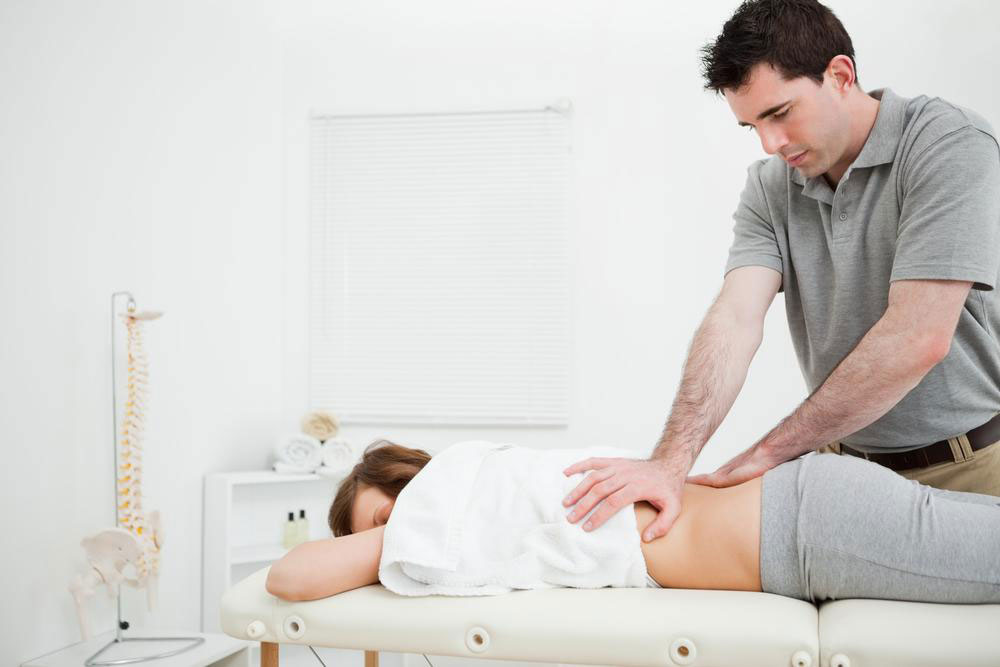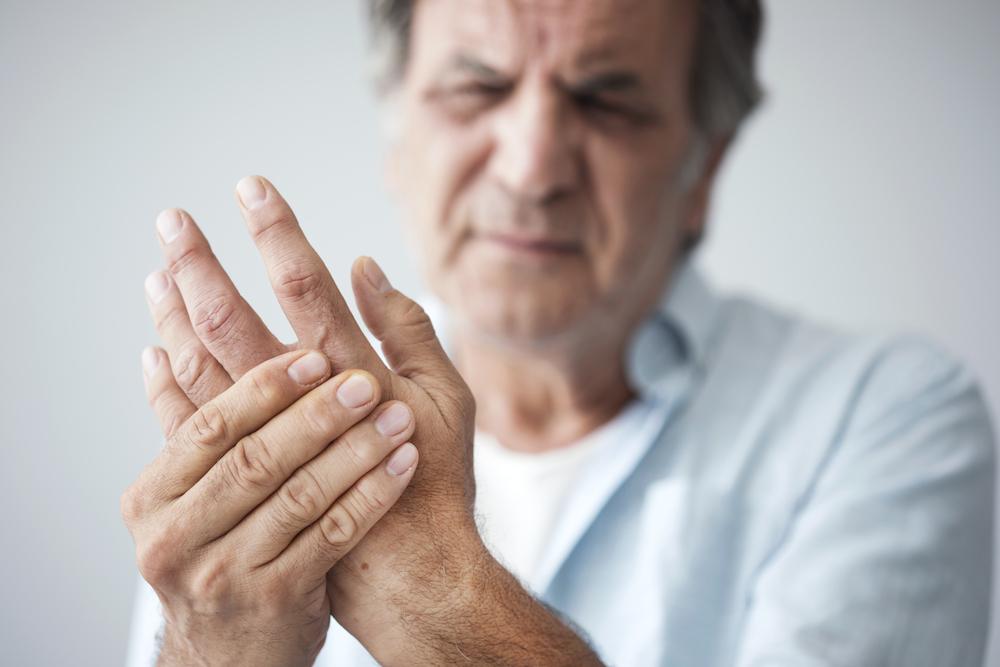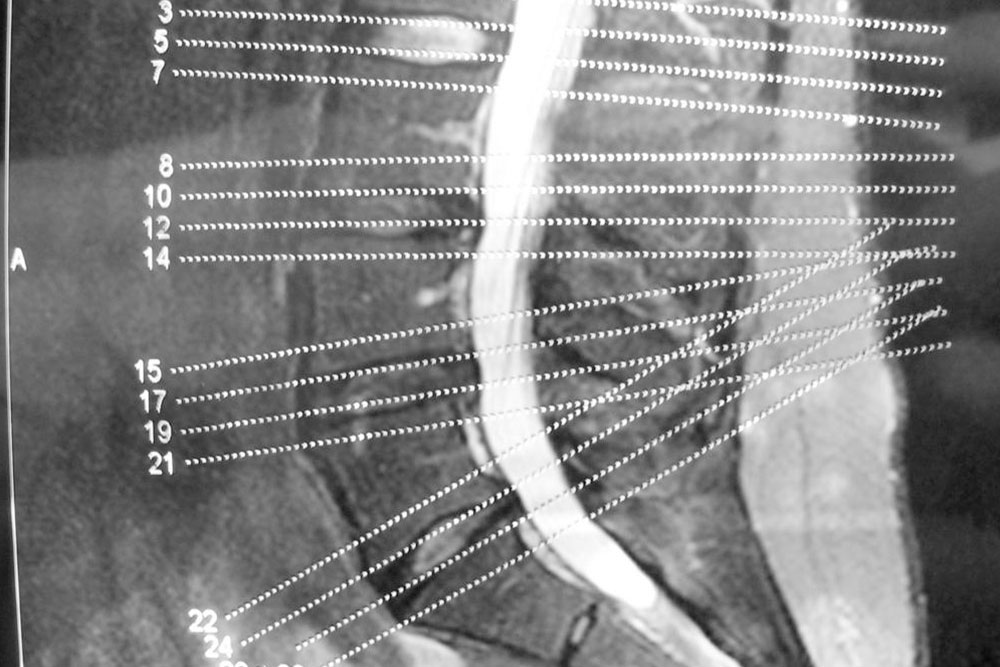Top 5 Effective Strategies to Manage Spinal Degeneration and Joint Issues
Discover the top five proven strategies to manage degenerative spinal and joint conditions. From medications and physical therapy to surgical options and lifestyle adjustments, these treatments aim to alleviate pain and prevent further deterioration. Learn how targeted therapies and supportive measures can improve your quality of life with expert guidance. Managing degenerative disorders is achievable through a combination of medical care and lifestyle changes, helping you maintain mobility and comfort as you age.

Top 5 Effective Strategies to Manage Spinal Degeneration and Joint Issues
Degenerative conditions affecting the spine and joints develop gradually over time, often due to age-related wear and tear. These issues typically involve the deterioration of the spinal discs, which cushion the vertebrae, and the cartilage in facet joints that enable movement. While aging increases vulnerability, various treatment options can help control symptoms and prevent further damage. The primary goal is to reduce pain and inflammation, improving quality of life through tailored therapies and lifestyle adjustments.
Below are five common approaches recommended by healthcare professionals:
Medications - Over-the-counter pain relievers like ibuprofen or aspirin can help reduce inflammation and alleviate discomfort. For muscle spasms, doctors may recommend additional meds to relax muscles and minimize pain.
Physical Therapy - Certified physiotherapists can guide patients through exercises designed to strengthen back and neck muscles, providing better support for the spine and reducing strain.
Targeted Exercises - Low-impact workouts tailored to individual needs can help manage symptoms and improve mobility, especially for joint-related issues.
Surgical Interventions - In severe cases, procedures such as discectomy or disc replacement may be necessary to remove damaged disc material and restore spinal function.
Supportive Therapies - Applying heat or cold packs, maintaining proper posture, and wearing supportive footwear can prevent further deterioration and offer relief from pain.
Effective management involves a combination of medical treatment and lifestyle changes, enabling patients to lead healthier, pain-free lives.









